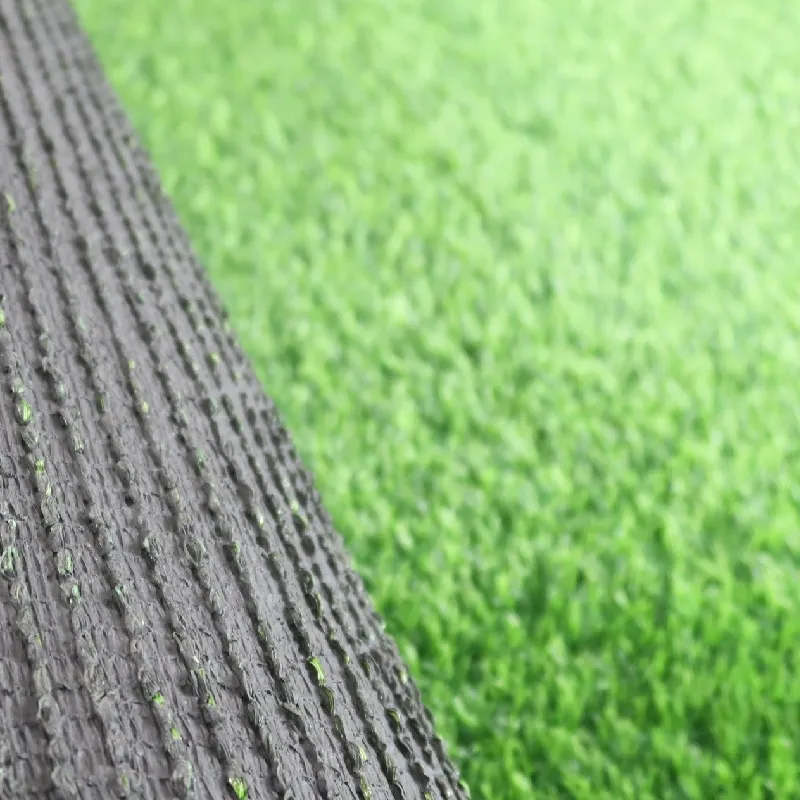
- Afrikaans
- Arabic
- Belarusian
- Bengali
- Czech
- Danish
- Dutch
- English
- Esperanto
- Estonian
- Finnish
- French
- German
- Greek
- Hindi
- Hungarian
- Icelandic
- Indonesian
- irish
- Italian
- Japanese
- kazakh
- Rwandese
- Korean
- Kyrgyz
- Lao
- Latin
- Latvian
- Malay
- Mongolian
- Myanmar
- Norwegian
- Persian
- Polish
- Portuguese
- Romanian
- Russian
- Serbian
- Spanish
- Swedish
- Tagalog
- Tajik
- Thai
- Turkish
- Turkmen
- Ukrainian
- Urdu
- Uighur
- Uzbek
- Vietnamese
Benefits and Challenges of Synthetic Turf for Sports Fields Management and Maintenance
Dec . 11, 2024 10:11 Back to list
The Rise of Synthetic Turf Sports Fields Revolutionizing Athletic Environments
In recent years, synthetic turf sports fields have become an increasingly popular choice for athletic facilities around the globe. This innovation, which replaces natural grass with artificial grass fibers, has transformed the way sports are played, maintained, and enjoyed. As we delve into this topic, we will explore the benefits, challenges, and future implications of synthetic turf in the world of sports.
One of the most significant advantages of synthetic turf is its durability. Unlike natural grass, which can become muddy and worn out, synthetic turf can withstand heavy use regardless of weather conditions. This resilience makes it especially appealing for facilities that host multiple sports and events throughout the year. Whether it’s soccer, football, baseball, or field hockey, synthetic fields provide a consistent playing surface that doesn’t require the same level of care and maintenance as their natural counterparts.
Maintenance is another area where synthetic turf fields shine. Traditional grass fields require regular mowing, watering, fertilizing, and pest control, all of which can be costly and time-consuming. In contrast, synthetic turf only needs occasional brushing and periodic cleaning to remove debris. This reduced maintenance cost not only saves money for sports organizations and municipalities but also allows them to allocate resources towards other important areas, such as youth programs and facility upgrades.
Moreover, synthetic turf offers an enhanced playing experience for athletes. The material used in creating synthetic grass is designed to provide superior traction and shock absorption. This results in better footing, less chance of injury, and an overall improved performance environment. Many professional teams and organizations have already made the switch to synthetic turf, recognizing its benefits and the positive impact it can have on athletes’ performance and health.
Safety is of paramount importance in sports, and synthetic turf fields address several safety concerns associated with traditional grass fields. For instance, synthetic fields drain better than natural grass, reducing the risk of waterlogging and slippery conditions that can lead to injuries. Additionally, modern synthetic turf systems are often designed with injury reduction in mind, utilizing advanced technologies such as shock pads that help absorb impact during falls, further minimizing the likelihood of concussions and other injuries.
synthetic turf sports field

However, the rise of synthetic turf is not without its challenges and controversies. One significant concern revolves around environmental impact. Critics argue that the production and disposal of synthetic turf can contribute to pollution and landfill waste. The materials used, primarily made from plastic, raise questions about long-term sustainability. Additionally, while synthetic turf doesn’t require water like natural grass, it often contains crumb rubber infill, which has faced scrutiny regarding potential health risks. Ongoing research is being conducted to ensure the safety and sustainability of these materials.
Furthermore, the initial cost of installation for synthetic turf can be substantial. While it may save money in the long run due to lower maintenance costs, the upfront investment can deter some organizations from making the switch. Nonetheless, many believe that the benefits outweigh the costs, especially as technology continues to advance and prices become more competitive.
Looking ahead, the future of synthetic turf sports fields appears bright as innovations continue to emerge
. Manufacturers are exploring environmentally friendly materials and production methods to address concerns about sustainability. Additionally, advancements in turf technology, such as improved fibers that replicate the feel of natural grass more accurately, are being developed, making fields more attractive to athletes and fans alike.As more communities recognize the advantages of synthetic turf, its presence in sports facilities will likely continue to grow. This evolution marks a significant shift in how sports arenas are designed and maintained, bringing forth improved performance, safety, and accessibility for athletes of all ages.
In conclusion, synthetic turf sports fields represent a revolutionary change in the athletic landscape, offering a durable, low-maintenance alternative to natural grass. While challenges remain, the ongoing innovations in this field promise a future where athletes can perform at their best, regardless of weather conditions. As synthetic turf continues to gain traction, it is poised to redefine the essence of sports fields for generations to come.
-
The Benefits of Artificial Turf for Indoors
NewsJul.15,2025
-
How Artificial Grass Suppliers Ensure Quality Products
NewsJul.15,2025
-
Artificial Grass and Pets: A Space for Relaxation
NewsJul.08,2025
-
Balcony & Outdoor Decoration with Artificial Grass
NewsJul.08,2025
-
Best Indoor Artificial Grass for Home
NewsJul.07,2025
-
Best Pet Turf for Dogs: Safe & Durable Artificial Grass Options
NewsJul.07,2025
Products categories









